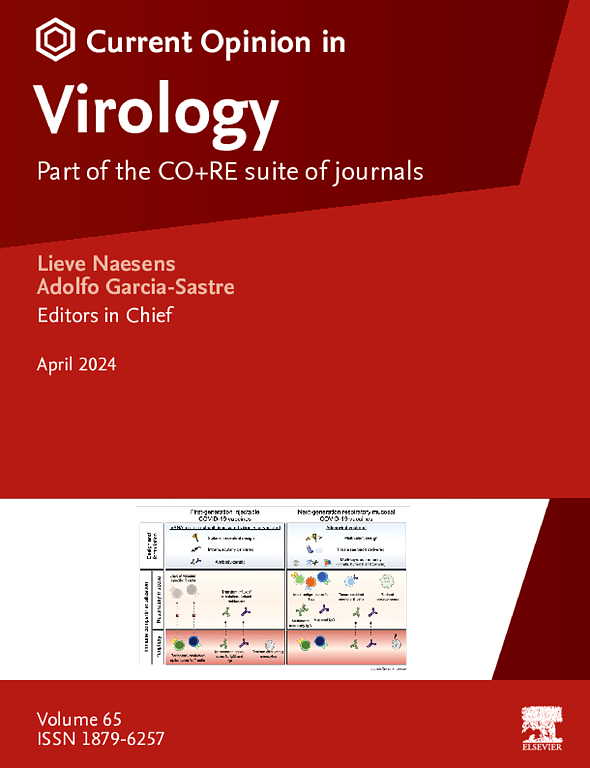Ex vivo culture models to study viral infections of the liver
IF 5.1
2区 医学
Q1 VIROLOGY
引用次数: 0
Abstract
Ex vivo liver culture models, particularly three-dimensional (3D) models, are vital for studying viral infections of the liver, as they replicate the complex microenvironment more accurately than traditional two-dimensional cultures. These models are essential for understanding viral pathogenesis, replication, and host responses, which are crucial for developing antiviral therapies. Here, we review various ex vivo liver culture models, including primary human hepatocytes (PHHs), liver-on-a-chip, organoids, and precision-cut liver slices. Each model has unique advantages and limitations. For instance, PHHs maintain physiological characteristics but have a limited lifespan, while liver-on-a-chip systems enable dynamic studies but require advanced engineering. Despite challenges in translating findings to human disease, these 3D models hold promise for advancing liver disease research and drug development. Future research should focus on expanding the scope of these models to include a wider range of viruses and improving their physiological relevance to better mimic in vivo conditions.
体外培养模型研究肝脏病毒感染
离体肝脏培养模型,特别是三维(3D)模型,对于研究肝脏病毒感染至关重要,因为它们比传统的二维培养更准确地复制复杂的微环境。这些模型对于理解病毒的发病机制、复制和宿主反应至关重要,这对于开发抗病毒治疗至关重要。在这里,我们回顾了各种离体肝脏培养模型,包括原代人肝细胞(PHHs)、肝脏芯片、类器官和精确切割的肝脏切片。每种模式都有其独特的优点和局限性。例如,phh保持生理特性,但寿命有限,而肝脏芯片系统可以进行动态研究,但需要先进的工程技术。尽管在将研究结果转化为人类疾病方面存在挑战,但这些3D模型有望推动肝病研究和药物开发。未来的研究应侧重于扩大这些模型的范围,以包括更广泛的病毒,并提高它们的生理相关性,以更好地模拟体内条件。
本文章由计算机程序翻译,如有差异,请以英文原文为准。
求助全文
约1分钟内获得全文
求助全文
来源期刊

Current opinion in virology
VIROLOGY-
CiteScore
11.80
自引率
5.10%
发文量
76
审稿时长
83 days
期刊介绍:
Current Opinion in Virology (COVIRO) is a systematic review journal that aims to provide specialists with a unique and educational platform to keep up to date with the expanding volume of information published in the field of virology. It publishes 6 issues per year covering the following 11 sections, each of which is reviewed once a year: Emerging viruses: interspecies transmission; Viral immunology; Viral pathogenesis; Preventive and therapeutic vaccines; Antiviral strategies; Virus structure and expression; Animal models for viral diseases; Engineering for viral resistance; Viruses and cancer; Virus vector interactions. There is also a section that changes every year to reflect hot topics in the field.
 求助内容:
求助内容: 应助结果提醒方式:
应助结果提醒方式:


